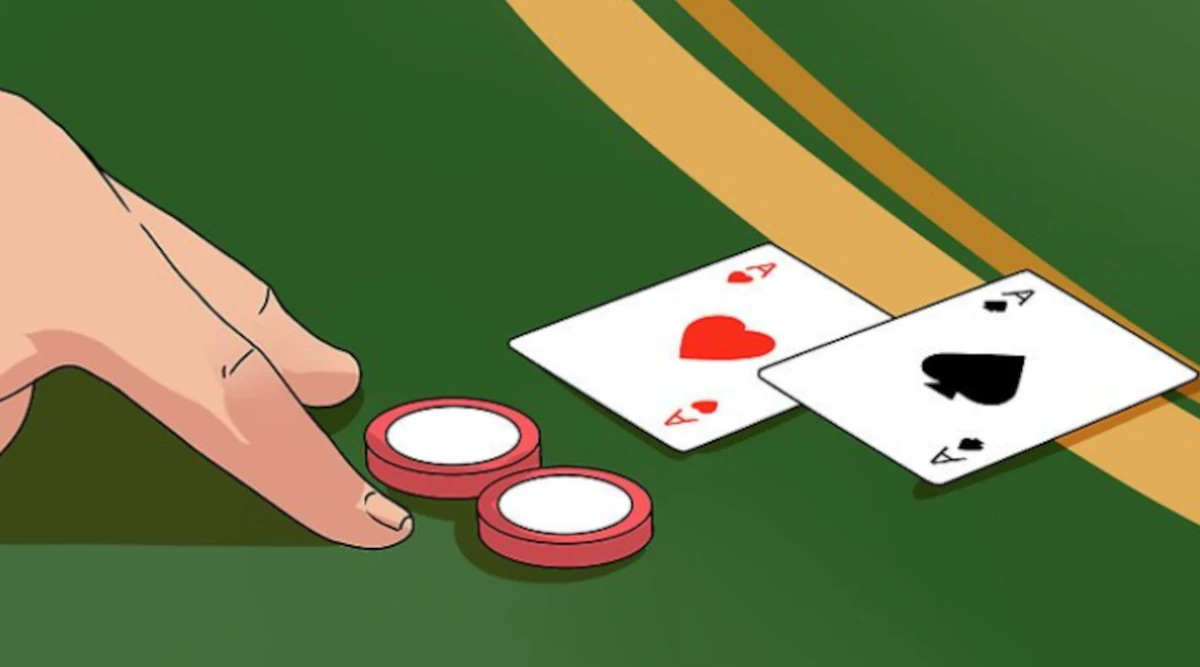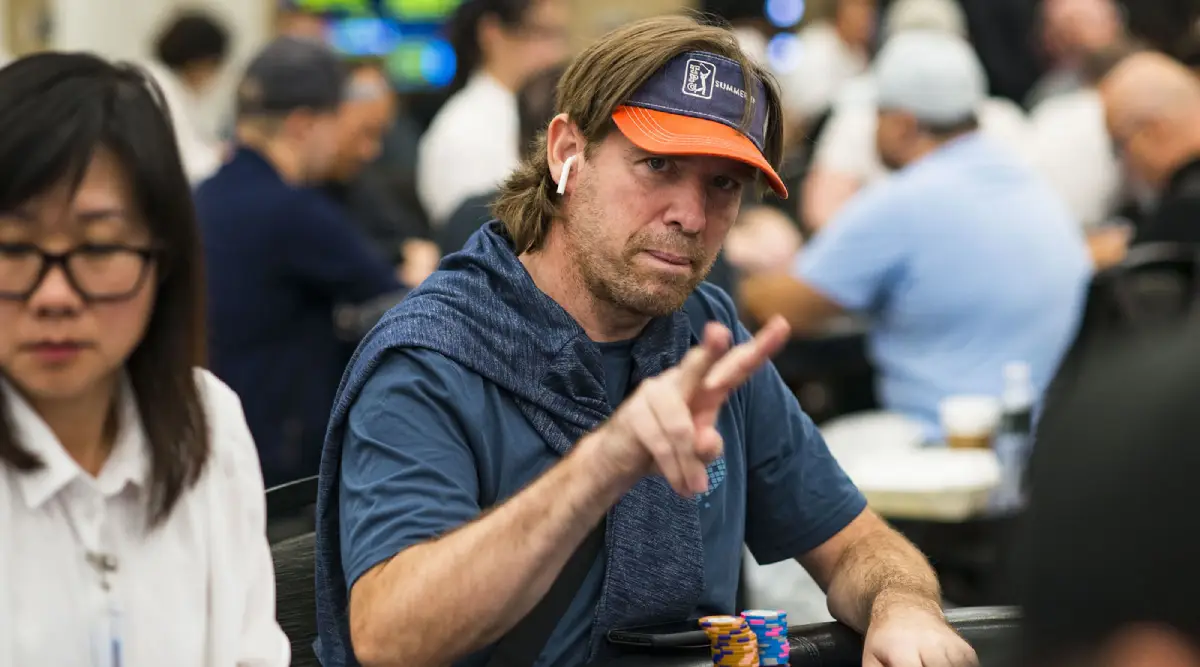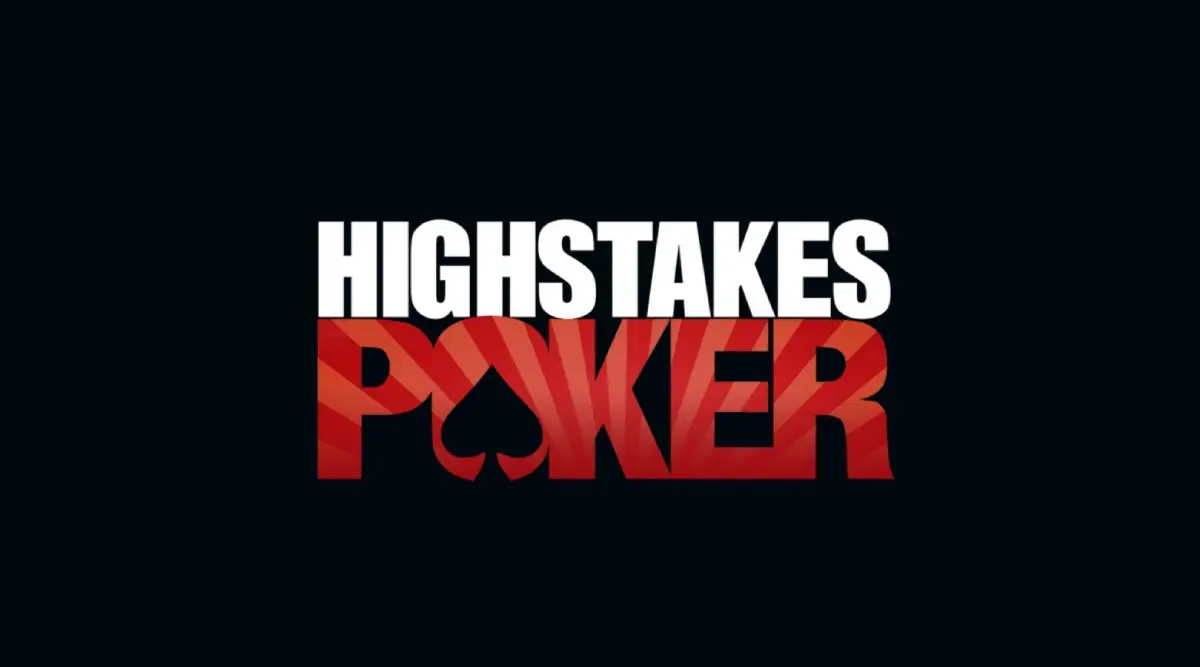
What is “surrendering” in Blackjack? Casino Blackjack Surrender is a fascinating variation of the classic casino game that offers players an extra option to minimize their losses. If you’re interested in learning how to play this exciting game and potentially improve your chances of winning, then you’ve come to the right place! Join our casino news and explore a wide range of blackjack games, including Blackjack Surrender.
What is Surrendering in Blackjack? Understanding the Basics
In the traditional blackjack, players have four basic moves: hit, stand, split, or double down. However, in Blackjack Surrender, players have an additional option – surrendering. But, what is surrender in blackjack? Surrendering allows players to forfeit their hand and reclaim half of their initial bet if they believe they have a losing hand. This strategic move can give players an edge over the live or online casino when used correctly.
There are two types of surrender in blackjack: early and late surrender. Both have specific rules and implications for the game.
Early Surrender: A Rare Advantage for Players
Early surrender allows players to forfeit half of their bet before the dealer checks their hole card for Blackjack. This option is advantageous for players with weak hands against a dealer showing an ace. Early surrender can significantly impact the house edge, reducing it by 0.6%.
Unfortunately, early surrender is a rare option in modern casinos, as it gives too much advantage to the players. However, you may still find early surrender rules online or in some land-based casinos with unique house rules.
When using early surrender, players should surrender a 14, 15, or 16 if the dealer has a ten. If the dealer has an ace, surrender hard fives, sixes, sevens, twelves, fourteens, fifteens, sixteens, and seventeens.
Late Surrender: A More Common Strategy
Late surrender is more commonly found in casinos, allowing players to give up their hand and lose half of their bet only after the dealer checks for blackjack. Although it is less advantageous than early surrender, it can still help cut the house edge in certain situations.
Late surrender rules vary depending on the game’s rules, such as whether the dealer hits or stands on soft 17. Players should consult a Blackjack strategy table to determine the best move based on the specific game conditions.
Some general late surrender rules include:
- Never surrender with a 16 against a dealer’s 9, unless there are four or more decks in play.
- Always surrender with a 15 against a dealer’s 10, except in single-deck games.
- If the dealer holds an ace, surrender decisions become more complicated and depend on whether the house hits soft 17 or stands.
What is Surrendering in Blackjack: Surrender Multi-Hand Blackjack
Since this is a popular variation of blackjack casino games that allows players to play multiple hands simultaneously, the game follows the standard rules of blackjack but with the added option of Surrendering. If you’re looking to enhance your blackjack skills, read our Surrender Multi-Hand Blackjack guide, a great way to start!
Other Exciting Blackjack Games for You
Super 7 Blackjack and Pontoon 21 are two other variations of blackjack that offer players the option to Surrender. In Super 7 Blackjack, players can surrender before the dealer checks their hole card. In Pontoon 21, players can Surrender after the dealer checks for blackjack.
Final Thoughts
In conclusion, mastering the art of surrendering in blackjack can significantly improve your chances of success. Understanding the differences between early and late surrender, as well as when to use each strategy, is crucial for maximizing your potential winnings. So, if you’re looking to enhance your blackjack skills, consider joining our casino and trying out Blackjack Surrender today!
If you crave further context into table games and the notable benefits of playing blackjack online, keep your eyes peeled on Vegas Aces Casino, and share this with your friends on social media.



